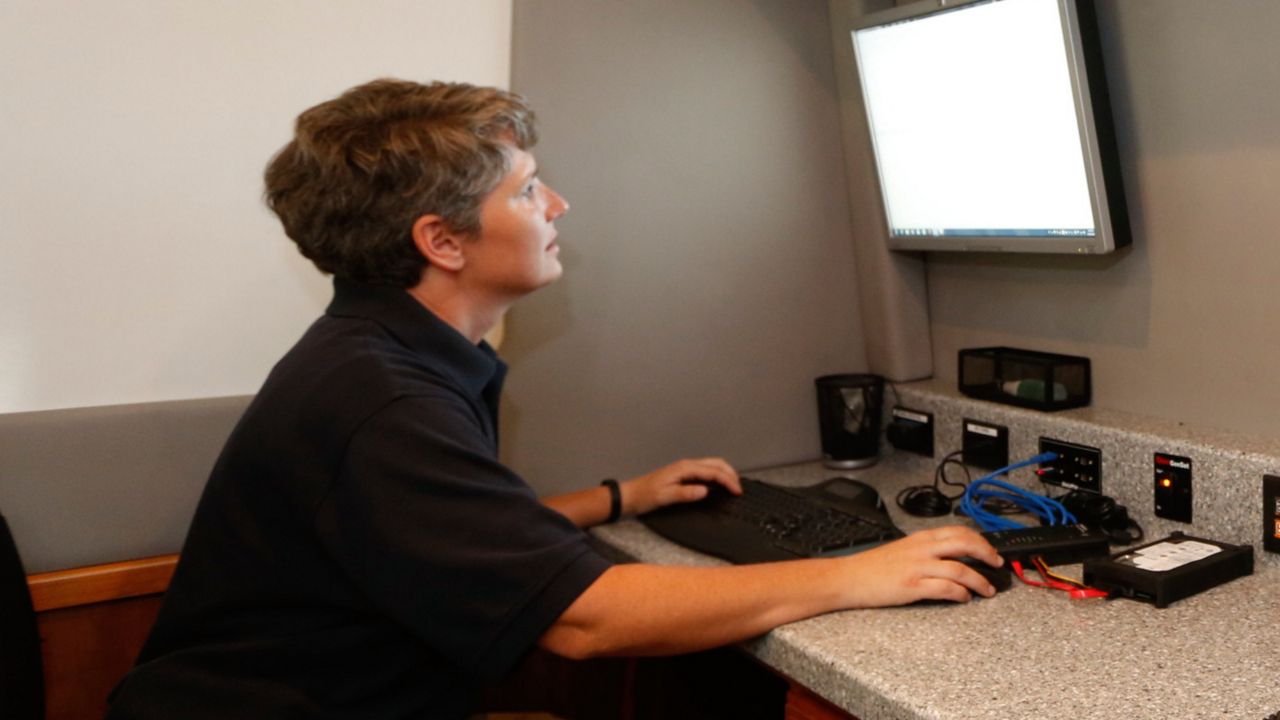LOS ANGELES (CNS) — A five-county enforcement effort targeting internet crimes against children netted 141 arrests, authorities said Wednesday.
“Operation Protect the Innocent” was conducted Sept. 6-12 by personnel from the Los Angeles Internet Crimes Against Children Task Force, which includes more than five dozen law enforcement agencies, according to the Los Angeles Police Department.
The task force, led by the LAPD, covers Los Angeles, Orange, San Bernardino, Santa Barbara and Ventura counties, and the recent enforcement effort coincided with children’s return to school in many jurisdictions, according to the LAPD.
The task force receives cyber tips from the National Center for Missing and Exploited Children that involve the possession, distribution and manufacturing of child sexual abuse material, and the sexual exploitation of children through the internet.
At a news conference Wednesday morning outside LAPD headquarters, LAPD Chief Michel Moore was accompanied by the leaders of numerous law enforcement organizations involved in the operation.
“In 2019, the Los Angeles task force ... received 8,525 cyber tip leads (of) online and other sources of suspected child abuse, of child sexual abuse material,” Moore said. “In 2020, that number had grown to more than 24,000, nearly three times.
“This year, in 2022, already by Sept. 12, we have exceeded 25,000 tips and leads,” Moore said. “These cyber tip reports we believe will reach in excess of 36,000 by the end of this year.”
Moore urged parents and caregivers to send tips to the National Center for Missing and Exploited Children, or to www.LAcrimestoppers.org.
During the operation, task force personnel also conducted compliance checks on those required to register as sex offenders, “with a nexus to internet crimes,” the LAPD said.
“Multiple residential search warrants were served throughout the five counties, in addition to arrest warrants, which focused on child predators,” police said.
Officials released the following details of the 141 arrests:
- 110 people were arrested on suspicion of possession, distribution or manufacturing of child pornography;
- 10 people were arrested for alleged parole violation;
- eight people were arrested for alleged probation violation;
- six people were arrested for alleged sexual abuse of child/oral copulation;
- three people were arrested for alleged disorderly conduct;
- two people were arrested for alleged statuary rape; and
- two people were arrested for alleged pimping.
“While we will continue to investigate, we are looking for parents and caregivers’ partnership in our endeavor,” the LAPD said.
“Parents are used to seeing children with an electronic device in their hands. Most of the time, this enriches our children’s lives and helps with their education; however, parents and caregivers have to know that there can be danger awaiting their children on the internet,” the department continued.
Parents and caregivers were urged to visit www.Missingkids.org/NetSmartz for age-appropriate educational activities for children and adults.
The ICAC Program Task Force was developed in 1998 by the U.S. Department of Justice’s Office of Juvenile Justice and Delinquency Prevention. The goal is to assist local, state and federal law enforcement agencies with investigating internet-related crimes against youth.
As the lead agency, the LAPD ICAC unit is responsible for a federal grant through OJJDP and a state grant through the California Governor’s Office of Emergency Services.



